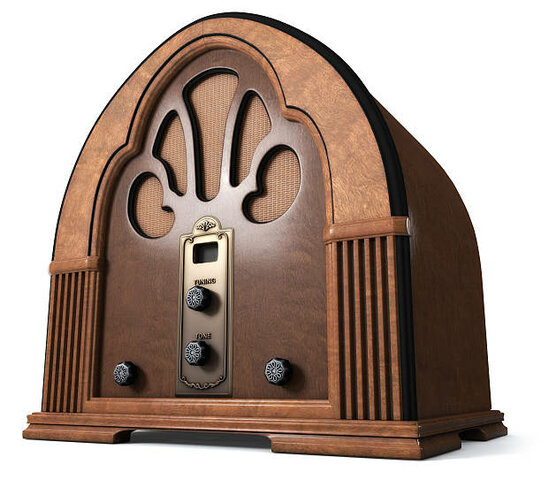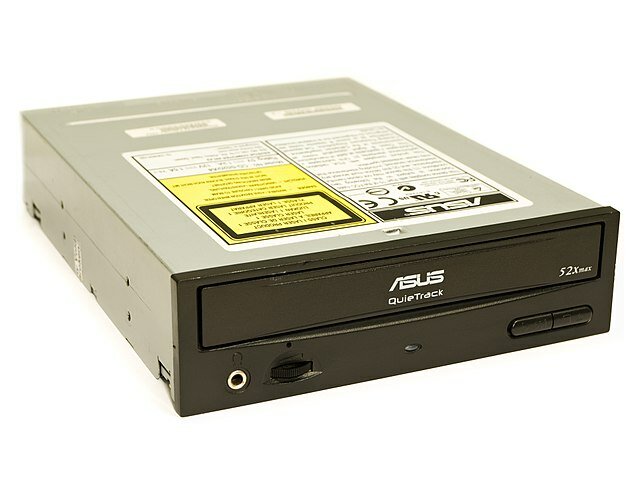-
 The first catalog of instructional films was published in the United States in 1910.
The first catalog of instructional films was published in the United States in 1910. -
During this time frame, media that incorporated sound found a footing in education.
-
 Radio began to be seen as an instructional medium for success in the early 1930s.
Radio began to be seen as an instructional medium for success in the early 1930s. -
The US military created hundreds of instructional films and filmstrips to meet the increased demand of training soldiers, further solidifying the validity of the use of audiovisual materials as an instructional tool.
-
 Edgar Dale's Cone of Experience showed that audiovisual material had a positive impact on learning,
Edgar Dale's Cone of Experience showed that audiovisual material had a positive impact on learning, -
The Ford Foundation spent millions of dollars funding this program. One district provided instruction at all grade levels using this platform.
-
 The Federal Communications Commission created 242 educational channels. These stations presented instructional programming.
The Federal Communications Commission created 242 educational channels. These stations presented instructional programming. -
Computer use in education began in the 1960s and grew throughout the 1970s.
-
 Almost half of all elementary schools and more than 75% of all secondary schools in the US were using computers for instruction.
Almost half of all elementary schools and more than 75% of all secondary schools in the US were using computers for instruction. -
During this three year span, schools with internet access increased from 50% to 90%.
-
 By this time, almost 10% of training companies used these formats to provide instruction.
By this time, almost 10% of training companies used these formats to provide instruction. -
Educational and corporate uses for electronic learning expanded as the internet was improved. Courses could now be delivered online.
